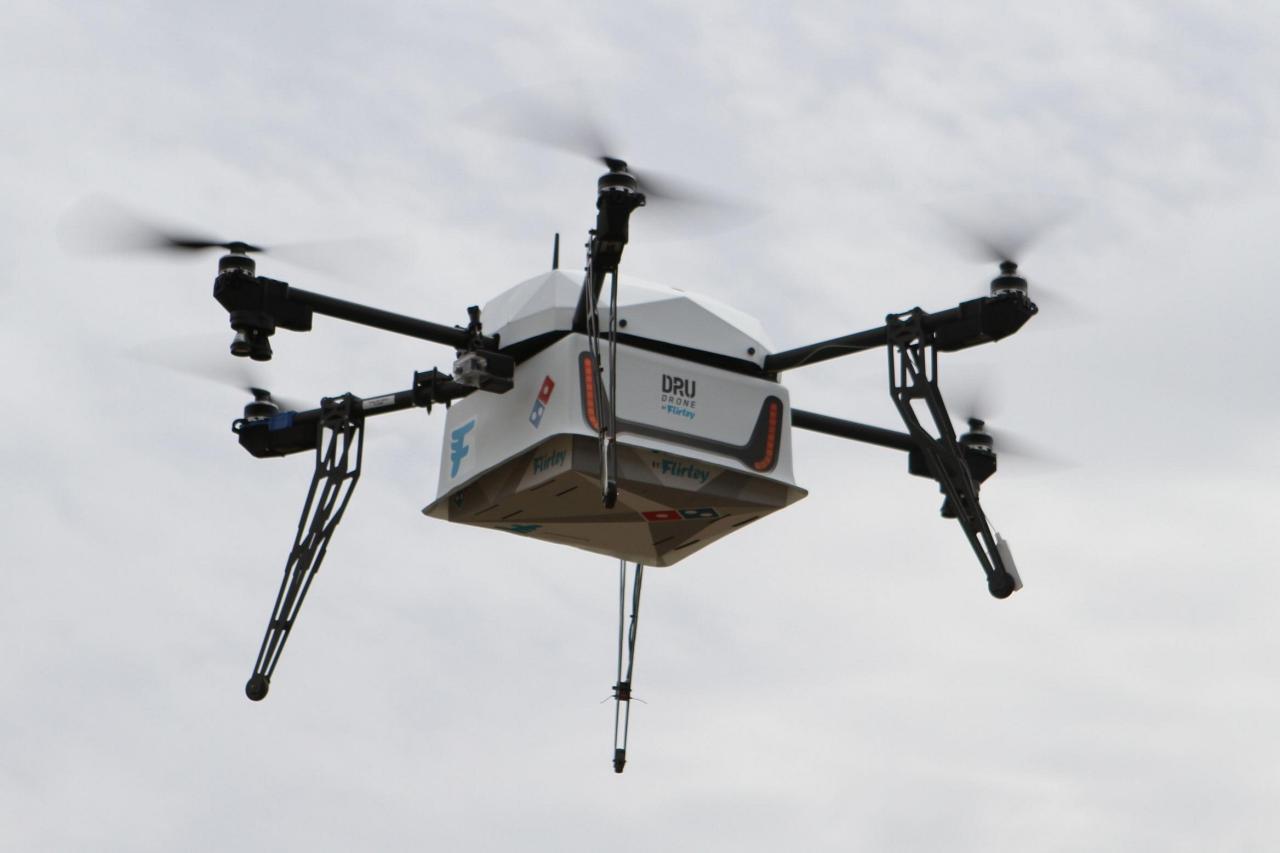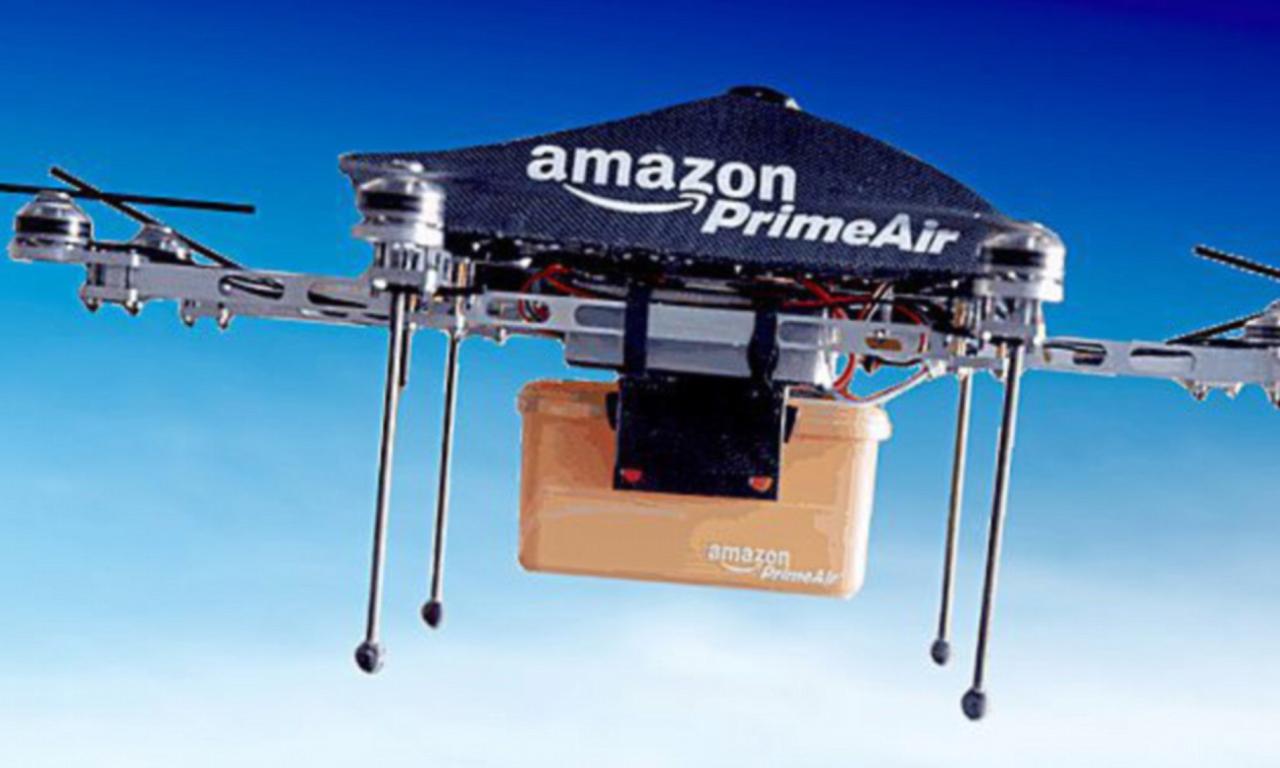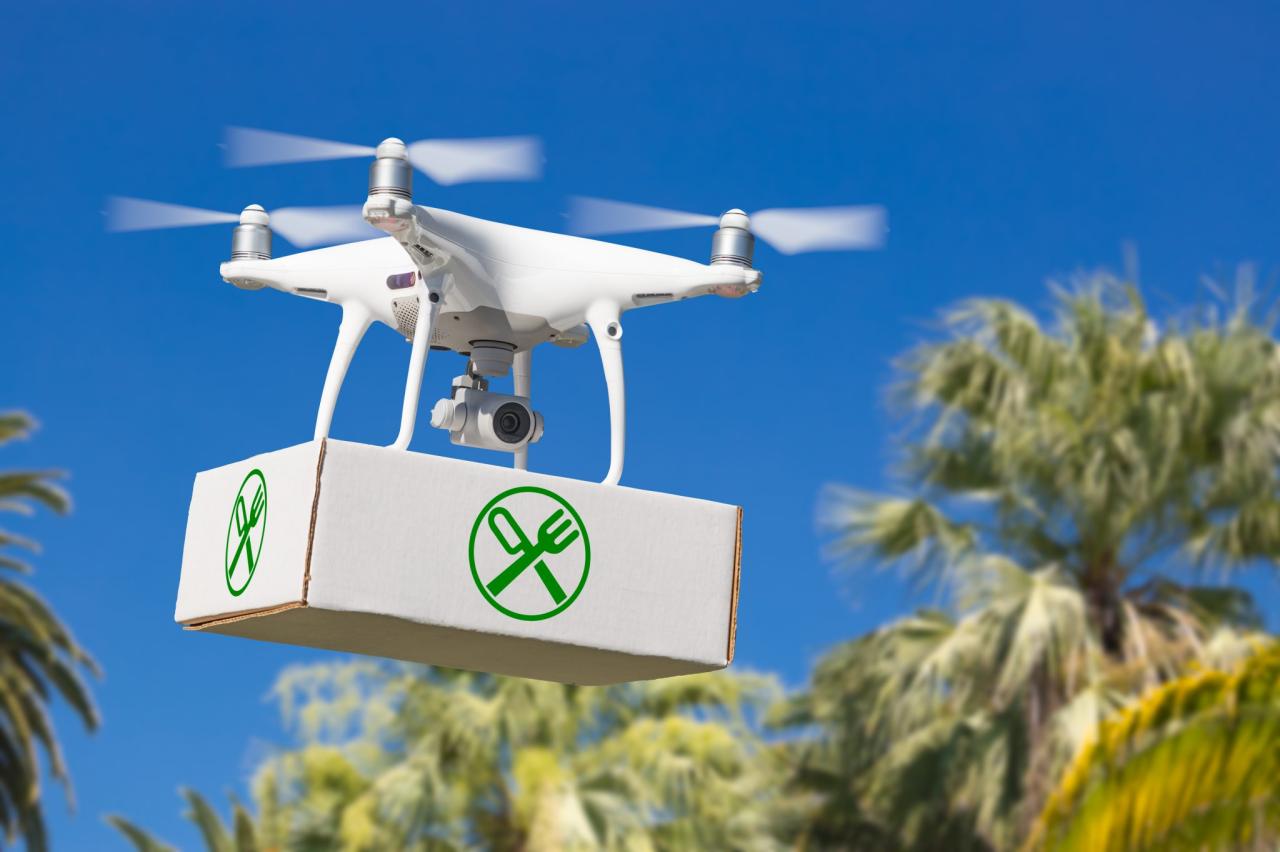Amazon drone delivery locations are rapidly expanding, revolutionizing how we receive packages. This guide delves into the current status of Amazon’s drone delivery program, exploring the factors influencing location selection, the impact on chosen areas, and future expansion plans. We’ll uncover the technological advancements, regulatory hurdles, and economic considerations shaping this innovative delivery method.
So you’re curious about Amazon drone delivery locations? It’s pretty cool how they’re expanding, right? Thinking about the tech involved makes me think of amazing drone displays like the one at the florida drone show , which shows what’s possible with coordinated drone flights. That kind of precision is key for efficient Amazon drone delivery routes, too – imagine the logistical planning!
From analyzing population density and infrastructure needs to examining the environmental and economic impacts on communities, we’ll paint a comprehensive picture of Amazon’s drone delivery network. We’ll also look at the challenges of urban versus rural deployment and the potential for future growth, considering technological advancements and evolving regulations.
Amazon Drone Delivery Program: A Comprehensive Overview: Amazon Drone Delivery Locations

Amazon’s drone delivery program, Prime Air, represents a significant advancement in logistics and last-mile delivery. This article provides a detailed examination of the program’s current status, influencing factors in location selection, its impact on various communities, and future expansion plans.
Current Amazon Drone Delivery Program Status

Amazon’s Prime Air drone delivery service is currently operational in a limited number of locations. The program’s scope, eligible packages, technological infrastructure, and developmental timeline are key aspects to understanding its current state.
- Geographical Scope: Prime Air operates in select areas within the United States, primarily focusing on suburban and rural communities with relatively low population density and less complex airspace. The exact locations are not publicly released in detail for security reasons.
- Eligible Packages: Currently, only smaller packages weighing under a certain limit (generally under 5 pounds) and fitting within the drone’s carrying capacity are eligible for drone delivery. These often include everyday items like books, small electronics, and household goods.
- Technological Infrastructure: The program relies on a sophisticated network of drone hubs, sophisticated flight control systems, advanced sensor technology for obstacle avoidance, and a robust communication infrastructure to manage drone flights and package delivery. This includes dedicated airspace management systems and real-time monitoring capabilities.
- Timeline: Amazon first announced Prime Air in 2013. After years of testing and development, including overcoming significant technological and regulatory hurdles, limited operational deployments began in 2020. Expansion has been gradual, with new locations added incrementally.
Factors Influencing Location Selection for Drone Delivery

The selection of locations for Amazon’s drone delivery service involves careful consideration of several crucial logistical, regulatory, and economic factors.
Amazon’s expanding drone delivery network is covering more ground, with planned locations popping up all over. However, safety is paramount; a recent incident highlighted this, as reported in this article about a boy hit by drone , emphasizing the need for careful planning and robust safety protocols. Therefore, the selection of Amazon drone delivery locations will likely continue to prioritize areas with minimal risk to the public.
- Logistical Factors: Population density, existing infrastructure (including suitable launch and landing areas), proximity to distribution centers, and the complexity of airspace are all critical factors. Areas with relatively flat terrain and less air traffic are generally preferred.
- Urban vs. Rural Deployment: Urban deployment faces significant challenges due to dense populations, complex airspace, and stringent regulations. Rural areas offer easier implementation due to less congested airspace and simpler regulatory environments, but may present challenges related to lower population density and potentially longer distances to delivery locations.
- Regulatory Hurdles and Approvals: Securing necessary permits and approvals from the Federal Aviation Administration (FAA) and other relevant authorities is a crucial and time-consuming process. These approvals vary significantly depending on location and local regulations.
- Economic Considerations: Factors such as delivery costs (including fuel consumption, maintenance, and operational expenses), market demand, and the potential return on investment significantly influence location selection. Areas with high demand and lower operational costs are more attractive.
Impact of Drone Delivery on Selected Locations

The introduction of drone delivery has had both positive and negative impacts on selected locations. The following points detail these effects.
- Local Employment: While some jobs may be displaced by automation, new opportunities may emerge in drone maintenance, operation, and related support services. The net effect on employment is likely to vary depending on the specific location and its existing economic structure.
- Traffic Congestion and Infrastructure: Drone delivery can potentially alleviate traffic congestion by reducing the number of delivery vehicles on the roads. However, the impact on infrastructure may vary; drone delivery hubs may require additional infrastructure, but the overall reduction in road traffic might offset this.
- Environmental Implications: Drone delivery offers the potential for reduced carbon emissions compared to traditional delivery methods, particularly in areas with significant reliance on gasoline-powered vehicles. However, the environmental impact will depend on factors like the energy source used for drones and the frequency of flights.
- Customer Satisfaction: Studies suggest that customer satisfaction levels are generally high in areas with drone delivery, primarily due to faster delivery times and the novelty of the service. However, longer-term data is needed to fully assess the lasting impact on customer satisfaction.
Future Expansion Plans and Predictions, Amazon drone delivery locations
Amazon’s future expansion plans for Prime Air will likely be driven by technological advancements, regulatory changes, and market demand. The following provides a hypothetical expansion plan and projections.
- Hypothetical Expansion Plan: Amazon is likely to focus on expanding into new suburban and rural areas within the US, gradually increasing the density of coverage in existing operational zones. Expansion into other countries is also a possibility, but will require overcoming significant regulatory and logistical hurdles.
- Projected Growth in Drone Delivery Locations:
- Potential Technological Advancements: Advancements in battery technology, autonomous navigation systems, and drone design could significantly impact future location choices. Longer flight ranges and increased payload capacities would allow for expansion into more remote areas.
- Impact of Changing Regulations: Relaxation of airspace regulations and the development of standardized drone traffic management systems would accelerate the expansion of drone delivery services. Conversely, stricter regulations could slow down or limit expansion.
| Year | US Locations | International Locations | Total Locations |
|---|---|---|---|
| 2024 | 25 | 0 | 25 |
| 2025 | 50 | 2 | 52 |
| 2026 | 100 | 5 | 105 |
| 2027 | 150 | 10 | 160 |
Visual Representation of Delivery Locations
A detailed map illustrating current and projected drone delivery zones would show a cluster of operational areas primarily in suburban and rural regions of the US, gradually expanding outward over time. The map would use color-coding to indicate population density, with darker shades representing higher density areas and lighter shades representing lower density. Terrain features like mountains and large bodies of water would be clearly indicated, illustrating the challenges these pose to drone operations.
A comparative illustration of drone delivery hubs would show a range of sizes and capacities, with larger hubs in more densely populated areas capable of handling a greater volume of packages and drones. Smaller hubs in rural areas would have a more modest capacity. The illustration would highlight key features such as landing pads, charging stations, and maintenance facilities.
A visual representation of flight paths and delivery routes in a sample location would show optimized routes minimizing flight time and energy consumption. The illustration would show drones departing from a central hub, flying to designated delivery points, and returning to the hub. The illustration would also show the avoidance of obstacles and adherence to established flight corridors.
Last Recap
Amazon’s drone delivery program is a dynamic and evolving system, poised for significant growth in the coming years. Understanding the factors influencing location selection, the program’s impact on communities, and future expansion plans is crucial for grasping the transformative potential of this technology. As drone technology continues to advance and regulations adapt, we can expect even wider adoption and a significant shift in the logistics landscape.
FAQ Insights
What types of packages are currently eligible for Amazon drone delivery?
Currently, Amazon’s drone delivery program handles smaller, lighter packages. The specific size and weight limits may vary depending on the location and drone model.
How fast is Amazon drone delivery?
Delivery times vary depending on distance and other factors, but Amazon aims for quick, efficient delivery within a relatively short timeframe compared to traditional methods.
Is Amazon drone delivery available everywhere?
No, Amazon drone delivery is currently limited to specific locations. Expansion is ongoing, but availability depends on factors like infrastructure, regulations, and population density.
Amazon’s expanding drone delivery locations are pretty cool, right? But remember safety first! A recent incident highlighted the importance of this, check out this article on a drone show crash to see what can go wrong. Hopefully, Amazon’s drone program will learn from such incidents to ensure safe and reliable deliveries in their expanding network of locations.
What are the safety measures in place for Amazon drone deliveries?
Amazon employs numerous safety measures, including advanced drone technology, sophisticated flight planning, and rigorous testing to ensure safe and reliable deliveries.
